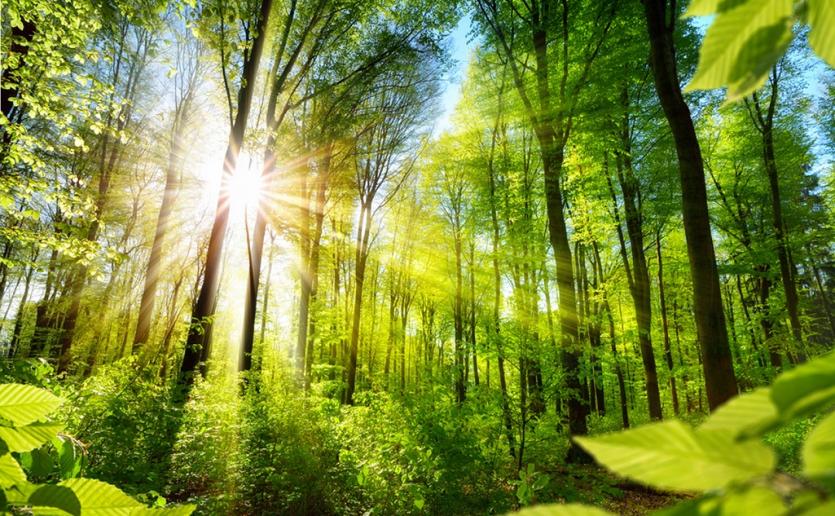Forests and natural areas play a key role in protecting biodiversity. Photo:Shutterstock
The World Daily | News Desk JUNE 10th 2021
The European Parliament wants to save biodiversity in Europe and the world. The resolution "The EU's 2030 biodiversity strategy - bringing nature back to our lives" assumes that by 2050 global ecosystems will be restored, strengthened and adequately protected.
The European Parliament has voted in favour of binding biodiversity targets to protect humans and wild animals. We also need the "Paris Agreement" on biodiversity and EU legislation to restore, strengthen and protect ecosystems by 2050, say MEPs.
Parliament adopted a resolution entitled "EU Biodiversity Strategy 2030 - bringing nature back into our lives" (515 votes in favour, 90 against and 86 abstentions). This resolution deals with the current biodiversity crisis in Europe and the world.
According to MEPs, the state of nature is deteriorating at an alarming rate. It is estimated that as many as one million out of eight million species are threatened with extinction, which is why MEPs responded positively to the EU's biodiversity strategy. It assumes that by 2050 the world's ecosystems will be restored and strengthened, and that they will be adequately protected. MEPs want to endorse this ambitious approach and are therefore calling for EU biodiversity legislation along the lines of the European climate law.
MEPs regretted that the Union had failed to meet its 2020 biodiversity targets. They felt that the strategy for its protection should take into account the five most important factors that are responsible for changes in nature. These are: land and sea use change, direct use of organisms, climate change, pollution and invasive alien species. MEPs demand EUR 20 billion a year for biodiversity activities.
Parliament also wants a "Paris Agreement" on biodiversity, along the lines of the Climate Action Agreement. It would be concluded at the United Nations conference in October and would define priorities in the field of biodiversity for 2030 and beyond.
The EU already has the world's largest network of protected areas, but MEPs say an EU natural resource recovery plan is needed. They call for the protection of at least 30% of the EU's land and sea area by 2030, with at least a third of these areas (including all remaining primary forests and old wood clusters) need to be protected even more closely. Targets set by individual Member States should take into account the differences in the size of their territory as well as the proportion of natural areas.






